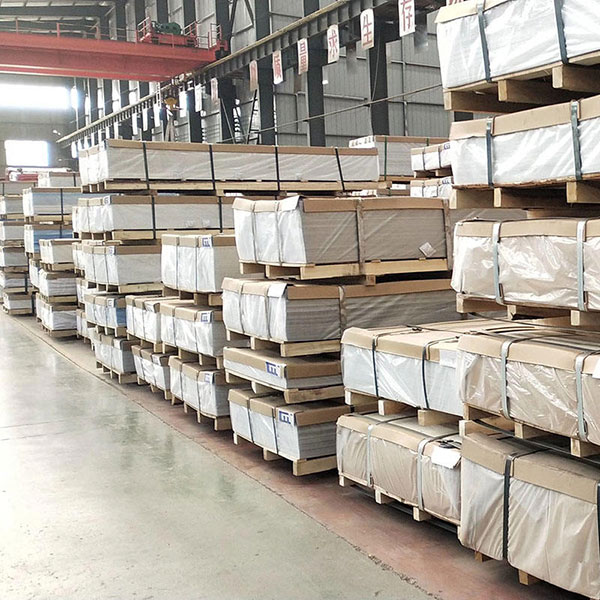To clean aluminum checker plate, you can follow these steps:
Remove loose debris: Start by removing any loose dirt, dust, or debris from the surface of the aluminium checker plate. You can use a broom, brush, or a vacuum cleaner with a soft brush attachment to sweep away the loose particles.
Prepare a cleaning solution: Mix a mild detergent or dish soap with warm water in a bucket or a spray bottle. Avoid using harsh chemicals or abrasive cleaners as they can scratch or damage the surface of the aluminum.

Apply the cleaning solution: Dip a soft sponge or cloth into the cleaning solution and apply it to the checker plate. Gently scrub the surface in a circular motion, focusing on any stubborn stains or dirt buildup. Make sure to cover the entire area of the checker plate.
Rinse with clean water: After scrubbing, rinse the checker plate thoroughly with clean water to remove the soapy residue.
Dry the surface: Use a clean, soft cloth or towel to dry the checker plate. Wipe away any remaining moisture to prevent water spots or streaks from forming. If necessary, you can also allow the plate to air dry naturally.
Polish (optional): If you want to restore the shine of the aluminum checker plate, you can use a metal polish specifically designed for aluminum surfaces. Follow the instructions on the polish and apply it to the checker plate using a soft cloth. Buff the surface gently until you achieve the desired shine.
Remove tough stains: If there are any stubborn stains or marks on the checker plate that the detergent solution couldn’t remove, you can try using a non-abrasive cleaner specifically formulated for aluminum surfaces. Apply the cleaner according to the manufacturer’s instructions, and then rinse it off thoroughly with clean water.

Use a soft-bristle brush: For particularly dirty or textured checker plates, you may need to use a soft-bristle brush in addition to the sponge or cloth. This can help loosen and remove embedded dirt or grime more effectively. Make sure the brush is non-abrasive to prevent scratches.
Avoid abrasive tools: While aluminum is generally a durable material, it can still be susceptible to scratching. Avoid using abrasive tools, such as wire brushes or steel wool, as they can damage the surface of the checker plate. Stick to gentle cleaning methods and tools to preserve its appearance.
Regular maintenance: To keep your aluminum checker plate in good condition, consider establishing a regular cleaning routine. Depending on the level of dirt and usage, cleaning it once a month or as needed can help prevent buildup and make the cleaning process easier.
Protect the surface: Consider applying a protective coating or wax to the cleaned and dried checker plate. This can help minimize future staining and make it easier to clean in the future. Be sure to use a product specifically designed for aluminum surfaces and follow the instructions provided.
Remember to always test any cleaning solution or polish on a small, inconspicuous area of the checker plate first to ensure compatibility and to avoid any potential damage.
